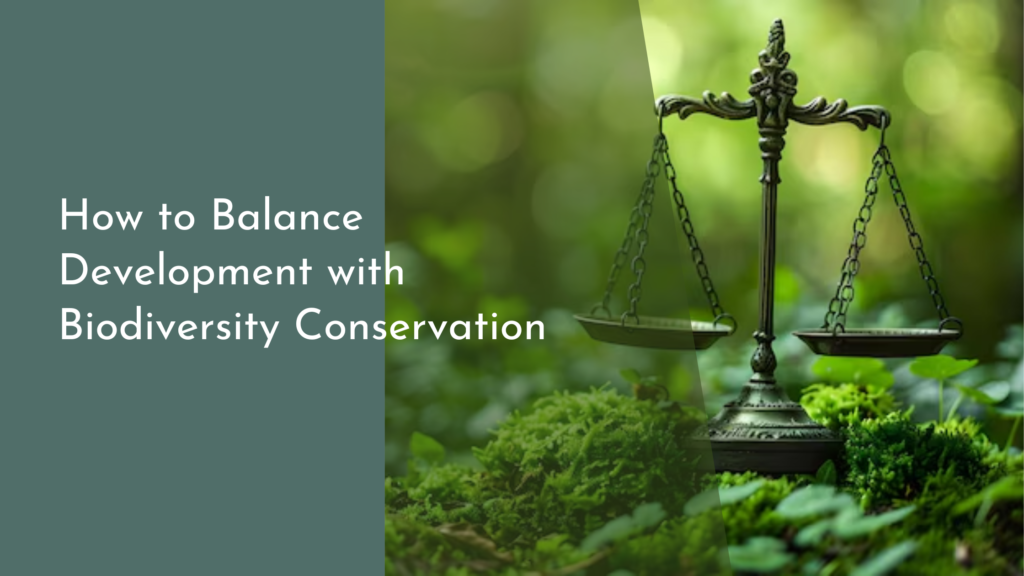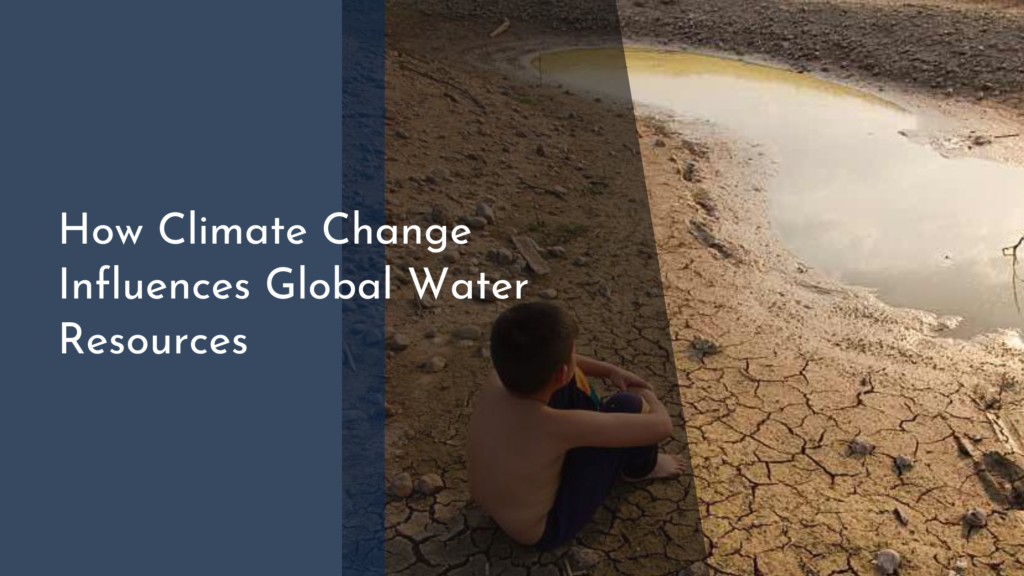How Individuals Can Participate in Carbon Offsetting
As the impacts of climate change become increasingly apparent, many individuals are seeking ways to mitigate their environmental footprint. One effective strategy is through carbon offsetting, which involves compensating for emissions by investing in projects that reduce or absorb greenhouse gases. This process not only helps balance out the carbon equation but also supports sustainable development initiatives around the world. In this article, we’ll explore how you can take part in this vital endeavor, from understanding the basics to choosing projects and committing to a greener lifestyle.
Understanding Carbon Offsetting Basics
Carbon offsetting is the practice of compensating for carbon dioxide (CO2) emissions by funding projects that reduce an equivalent amount of CO2. These projects can include renewable energy installations, reforestation efforts, or energy efficiency measures. The idea is to neutralize your carbon footprint by investing in activities that either absorb existing carbon from the atmosphere or prevent further emissions. Essentially, carbon offsetting allows individuals and businesses to balance their emissions by supporting projects that make a positive environmental impact.
The concept of carbon offsetting might seem complex, but it boils down to a simple principle: every ton of carbon you emit can be offset by reducing a ton elsewhere. This balance enables us to contribute to global efforts in tackling climate change. Importantly, carbon offsetting acts as a complement, rather than a substitute, to reducing one’s own emissions. Hence, it should be part of a broader strategy of personal and organizational sustainability efforts.
Choosing the Right Carbon Offset Projects
Selecting the right carbon offset project is crucial to ensure that your contributions make a real difference. First, consider projects that align with your values. For example, if you’re passionate about biodiversity, you might invest in a reforestation project that restores natural habitats. Alternatively, if you’re interested in clean energy, supporting wind or solar power projects could be more appealing. Research is key here; look for projects that are verified by reputable organizations, such as Gold Standard or Verified Carbon Standard, which assure the credibility and impact of these initiatives.
Transparency and measurable outcomes are essential factors when choosing carbon offset projects. Legitimate projects provide detailed information on how they quantify emissions reductions and the methodologies they use. It’s also beneficial to review any co-benefits that projects might offer, such as economic development for local communities or improvements in public health. Taking the time to examine these aspects ensures that your investment not only offsets carbon but also contributes positively to broader social and environmental goals.
Calculating Your Personal Carbon Footprint
To effectively offset your carbon emissions, you need to start by understanding your personal carbon footprint. This footprint is a measure of the total amount of greenhouse gases you produce through various activities, such as driving, flying, electricity use, and even dietary choices. Numerous online calculators can help you estimate your footprint by analyzing data related to your lifestyle. These tools offer a useful starting point to identify the major sources of your emissions and provide targeted recommendations on where you can make reductions.
Once you have a clear idea of your personal carbon emissions, you can determine the amount you wish to offset. This figure becomes a baseline for your carbon offsetting efforts. Additionally, understanding your footprint can guide you in making more informed choices in your daily life, such as reducing energy consumption or opting for sustainable travel options. Calculating your footprint not only aids in carbon offsetting but also empowers you to become more mindful of your environmental impact.
Staying Committed to a Greener Lifestyle
Carbon offsetting should be seen as part of a larger commitment to sustainability. While offsetting can mitigate the effects of unavoidable emissions, reducing your overall carbon footprint should remain a primary goal. This might involve adopting energy-saving habits, choosing public transport over driving, or minimizing waste through recycling and composting. By continually seeking ways to incorporate eco-friendly practices into your daily routine, you contribute to the fight against climate change beyond financial investments in offset projects.
A commitment to a greener lifestyle also involves staying informed and proactive. Engage with communities and networks that promote environmental awareness and advocacy. Attending workshops, participating in local environmental projects, or even sharing knowledge with peers can amplify your impact. The more you integrate these practices into your life, the more they become second nature, paving the way for a sustainable future. Remember, every small step counts towards a healthier planet.
Carbon offsetting provides a tangible way for individuals to contribute to the reduction of global carbon emissions. By understanding the basics, selecting meaningful projects, calculating personal footprints, and committing to sustainable habits, we can all play a part in combating climate change. Embracing these practices not only benefits the environment but also fosters a sense of global responsibility and personal fulfillment. Together, we can make a significant impact and move towards a greener, more sustainable future.


